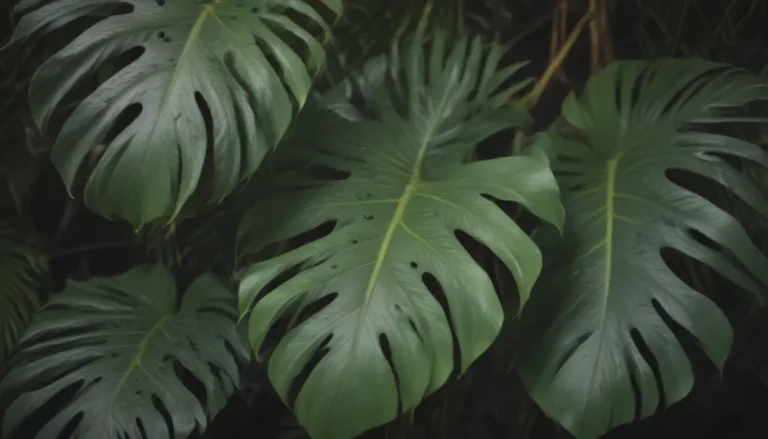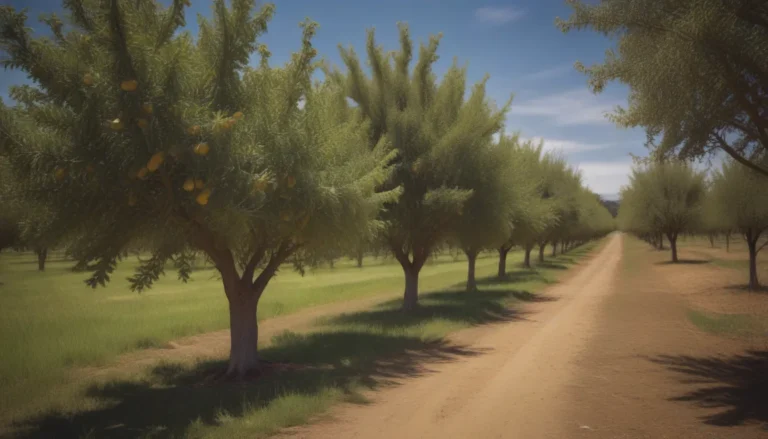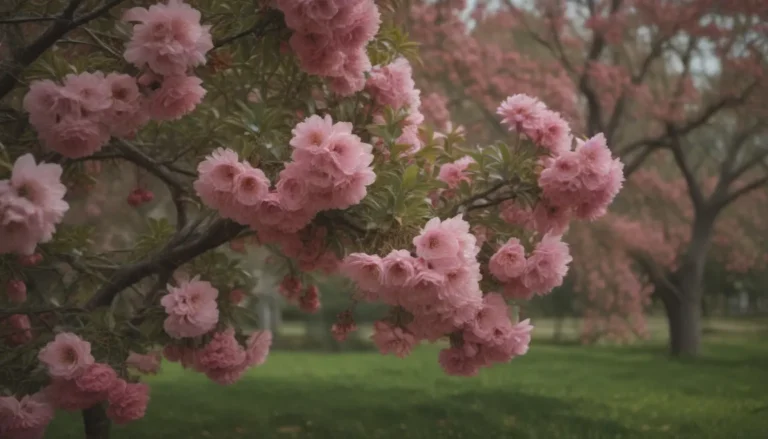Ultimate Guide to Growing and Caring for Desert Rose Plants

Are you looking to add a touch of exotic beauty to your indoor or outdoor garden? The desert rose plant, also known as Adenium obesum, is a stunning choice with its thick succulent trunk, delicate leaves, and vibrant pink trumpet-shaped flowers. Native to Africa, the Middle East, and Madagascar, this slow-growing plant thrives in dry, desert-like conditions. Whether you’re a seasoned gardener or a beginner looking to add a unique plant to your collection, you’ll find that caring for desert rose plants is a rewarding experience.
Getting to Know the Desert Rose Plant
Before diving into the care requirements for your desert rose plant, let’s take a closer look at some key characteristics and facts about this unique plant:
- The desert rose plant grows at a slow pace, adding only about 12 inches in height per year.
- It is often used as a bonsai plant due to its striking appearance and manageable size.
- The plant is a member of the dogbane family and contains sap that is toxic to people and pets.
- Desert rose plants are best suited for USDA zones 11 and 12, where they can thrive outdoors as ornamental plants.
Now that you’re acquainted with the basics, let’s explore the essential care tips for growing a healthy and beautiful desert rose plant.
Desert Rose Care Tips
Light:
- Provide your desert rose plant with ample sunlight by placing it in a south-facing bright windowsill or sunroom.
- If growing outdoors, choose a location that receives full sun but offers some protection from scorching midday sun.
Soil:
- Use well-draining sandy or gravelly cactus soil with a neutral to acidic pH around 6.0.
- Avoid waterlogged soil, as desert rose plants are prone to root rot if kept too moist.
Water:
- Keep the soil moist during the plant’s active growing season in late spring and summer.
- Allow the soil to dry out completely between waterings to prevent overwatering and root rot.
- During the plant’s dormant phase in fall and winter, reduce watering to once a month.
Temperature and Humidity:
- Maintain warm temperatures between 65 and 90 degrees Fahrenheit for optimal growth.
- Avoid exposing the plant to temperatures below 50 degrees Fahrenheit, as it may lead to leaf drop and dormancy.
- Desert rose plants are adapted to dry, hot climates and do not require high humidity levels.
Fertilizer:
- Feed your desert rose plant with a diluted liquid fertilizer once a month during its active growth period.
- Avoid fertilizing the plant during its dormant phase to prevent nutrient buildup.
Types of Desert Rose Plants
While there are many species of Adenium, the most common and readily available variety is Adenium obesum. Some other subspecies include:
- Adenium obesum subsp. oleifolium
- Adenium obesum subsp. socotranum
- Adenium obesum subsp. somalense
- Adenium obesum subsp. swazicum
Each subspecies offers unique characteristics and may require slightly different care routines.
Propagating and Pruning Desert Rose
Propagating:
- Propagate your desert rose plant from stem cuttings for an easy and cost-effective way to expand your collection.
- Use sterilized pruning tools to prevent the spread of diseases and ensure a successful propagation process.
Pruning:
- Trim cold-damaged growth as soon as new growth emerges to maintain the plant’s health.
- Balance the stem growth by trimming long, lanky stems and removing branches that rub against each other.
Potting and Repotting a Desert Rose Plant
- Repot your desert rose plant as needed, typically every one to two years to prevent root binding.
- Choose a well-draining potting mix and allow the soil to dry completely before repotting.
- Apply fungicide or antibacterial solutions to cuts or bruises during the repotting process to prevent infections.
Overwintering Your Desert Rose
- Protect your desert rose plant from frost and cold temperatures by bringing it indoors once temperatures drop below 50 degrees Fahrenheit.
- Place the plant in a frost-free location with minimal watering until the warmer spring months return.
Encouraging Blooms in Desert Rose Plants
- Provide your desert rose plant with at least six hours of sunlight daily to encourage blooming.
- Fertilize the plant once a month during the active growing season to promote flower development.
- Be patient if your plant has been recently repotted, as it may focus on root development before blooming.
Common Problems and Solutions
While desert rose plants are relatively resilient, they may face occasional issues that require attention. Here are some common problems and solutions:
Yellowing Leaves or Leaf Drop:
- Root rot is a common issue indicated by yellowing leaves or sudden leaf loss.
- Remove damaged roots, apply fungicide, and replant the remaining roots in well-draining soil to save the plant.
Spotting on Leaves:
- Powdery mildew can cause blister-like marks on the leaves and stems.
- Treat with fungicide, increase airflow around the plant, and maintain proper spacing to prevent the spread of disease.
Speckling on Lower Leaves:
- Spider mites are common pests that feed on the undersides of leaves, causing discoloration and eventual leaf death.
- Use insecticidal soap or neem oil to control spider mites and prevent further damage.
Conclusion
Caring for a desert rose plant can be a rewarding experience, offering a touch of exotic beauty to your home or garden. By following the tips and guidelines provided in this ultimate guide, you can ensure that your desert rose plant thrives and blooms year after year. Whether you’re a novice gardener or a seasoned plant enthusiast, the desert rose plant is a stunning addition to any collection, with its unique appearance and low-maintenance care requirements. Remember to monitor your plant regularly, provide the necessary light and water, and enjoy the beauty of your desert rose as it grows and flourishes in its new environment. Happy gardening!





